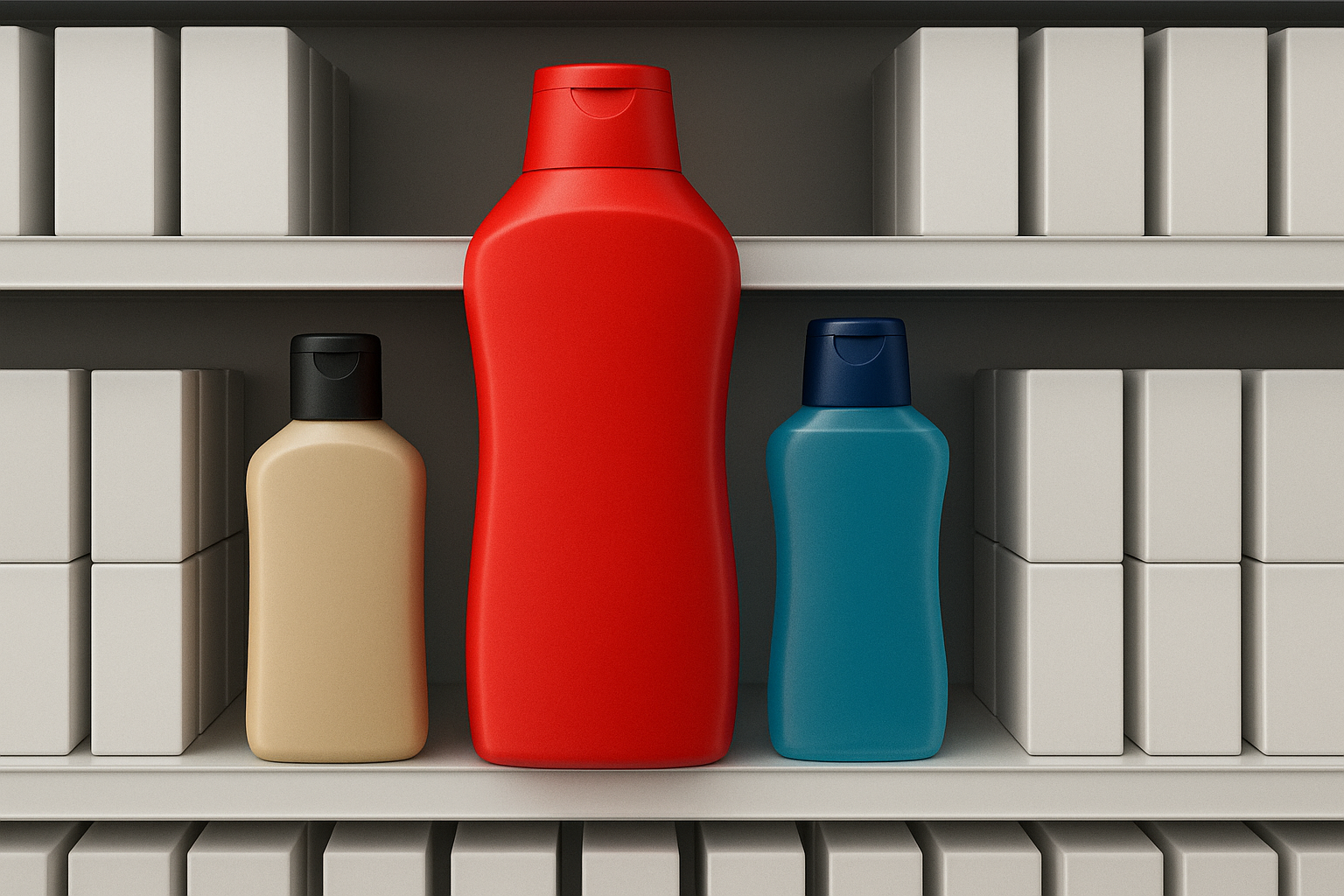When you understand how shoppers buy, you can influence what shoppers buy
- 60% of grocery purchases are Grab & Go
- Typically 40% of the footfall can be influenced (but which 40%?)
- Impulse purchasing accounts for as much as 35% of all purchases
We all shop for lots of different things. Some items, such as groceries, confectionery or food to go, we buy frequently, while other items including greetings cards, new cars and electrical goods are purchased much less frequently.
Although we buy lots of things, there are only a handful of different ways that we buy them.
Welcome to the 5 modes of shopping.
As shoppers, we adopt one of 5 behavioural shopping 'modes' depending on what we are buying. Each of these distinct modes is identifiable purely by observation. In other words, they are objectively behaviour based, not demographics, lifestyles or consumer attitudes oriented, which can often be somewhat more subjective.
Here are brief descriptions of each of the 5 modes of shopping. If you'd like more details, then please message me.
Inexperienced shopper: Mentally engaged shoppers who are hungry for information. They appear to be visibly uncertain, shopping in a slow, methodical manner. These shoppers tend to have only a low concentration threshold and are liable to just walk away after the slightest interruption.
Experiential shopper: Those who use more than just visual information to make product selections are shopping experientially. For example, they may consider weight and aroma as well as appearance. This experiential influence is often at a sub-conscious level: When shopping experientially, shoppers are unaware of how they make purchase decisions in-store (so you can't ask them).
Considered shopper: Spends time actively considering alternatives at fixture. Is easily swayed by brands, new variants and special offers. They require time and space in aisle.
Grab & Go shopper: These shoppers aren't shopping, they are simply replenishing. They select products out of habit and by using sub-conscious prompts and triggers. Once a product is a habit-locked purchase, you need serious disruption to change behaviour: Out of stock is the perfect interruption!
Impulse shopper: Shoppers that only decide to buy once they are at the fixture. They move quickly and decide quickly too. For Impulse shoppers, you need to make the purchase tempting and easy, with no time for second thoughts.

As shoppers, we switch between these 5 modes depending on what is on the shelves in front of us. For example we may well buy canned carrots in a Grab & Go mode, but then switch to Impulse mode to take advantage of the ‘buy one get one free’ offer on tinned tomatoes.
The modes tend to be consistent across categories, product groups and channels. Buying a pint of milk each day from the same store will almost always be Grab & Go; conversely, choosing what bottle of wine to take to the in-laws after accepting an invitation to Sunday lunch will involve more Considered shopping. The key point is that shopping modes, although exhibited by the shoppers, actually belong to the categories. In other words, each category tends to have a shopping mode profile, which can vary across channels.

The message is that you can’t be all things to all people, all the time. But by actively targeting shopping modes, you are better managing the in-store needs and emotions of your most valued asset: Your customers.
There's a place for all those segments with names like 'young trendy value seeker', 'time-starved professional single' and 'urban society rejecting parasite' (I made that one up). I believe that when it comes to developing category segmentations and anything concerning in-store activity, having them based on actual not claimed behaviour is a worthwhile consideration.
In other words, to get the best out of in-store, make changes based on what shoppers actually do, not what they claim to do. Or to quote Rory Sutherland:
“The trouble with market research is that people don't think what they feel, they don't say what they think, and they don't do what they say.”
Adcock Solutions have been improving the marketing communications of leading brands and retailers for more than 25 years. We explain how your customers think and make decisions so that you can engage with them more effectively.
Come to us for Behavioural Science insights and expertise that improve your brand's visibility, appeal, engagement, and sales.






